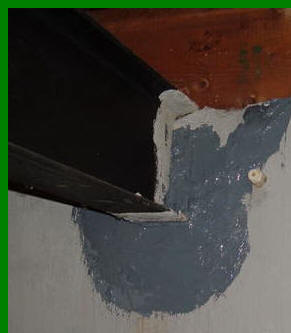
Beam Pocket
Low-pressure concrete crack injection (20 to 40 psi) permanently
fills the entire length and depth of the cracking preventing
water from further deteriorating concrete. Epoxy and
polyurethane-based materials are superior for this purpose
because they adhere to the concrete, water cannot erode the
concrete any further, and the materials allow for slight
concrete expansion and contraction while maintaining a seal.
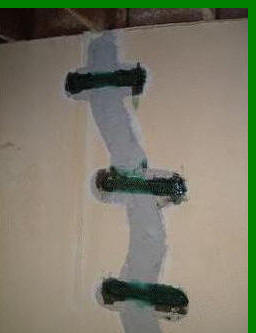
Carbon Fiber Wall Reinforcement
Low-pressure concrete crack injection (20 to 40 psi) permanently
fills the entire length and depth of the crack, preventing water
from further deteriorating concrete. Epoxy and
polyurethane-based materials are superior for this purpose
because they adhere to concrete, water cannot erode the concrete
any further, and the materials allow for slight concrete
expansion and contraction while maintaining a seal.
Concrete crack injection has been the accepted method for these
types of repairs foe many years in the Midwest. The technique is
being adopted by an increasing amount of nationwide foundation
repair contractors because it is cost-effective, reliable and
permanent. Materials with different viscosities are manufactured
to ensure that contractors can offer homeowners an effective
repair for only hundreds of dollars as opposed to thousands of
dollars on a more extensive structural solutions.
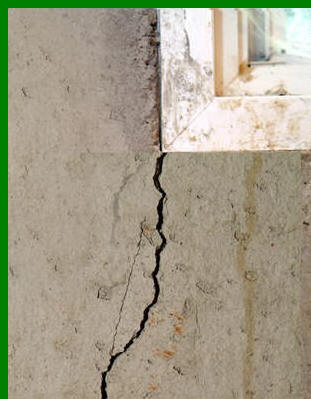 Common
Window Crack
Common
Window Crack
Low Pressure crack injection techniques are not suitable for
repairs on larger structures such as, dams and bridges. These
require the high-pressure techniques. Epoxy crack filler
materials are most useful for repairing concrete block walls,
large cracks in concrete slabs, and filling holes left by tie
rod forms. Polyurethane materials are very useful for filling
gaps around pipes through concrete walls because they adhere
well to plastic or metal materials.
Many home owners may be tempted to use caulk or hydraulic cement
to patch concrete cracks. It would be much more expensive, but
better to go to the trouble of a structural excavation repair.
Caulk is superficial and will allow water to continue seeping
behind the patch material, resulting in efflorescence.
Eventually the water seepage will dislodge the cement plug.
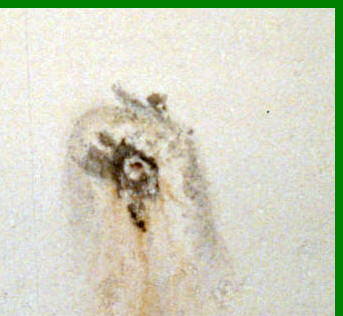
Snap Crack
Waterproofing and foundation repair specialists insist they have
nearly a 100 percent success rate for crack repair work. Most
contractors offer lifetime warranties for the injection repairs
because they are confident in the product quality and the
training received from the chosen manufacturer.
Typical Basement Layout
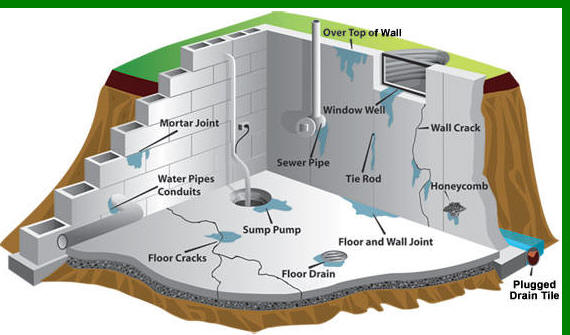
The majority of basement concrete cracks are formed within the
first 30 days after pouring the concrete structure. Until the
cracks begin widening, detection may be delayed. These types of
cracks often occur because insufficient amounts of working
joints were placed during construction to account for drying,
shrinkage and thermal movement. Other common cracks involve
structural settlement, overload, or earthquake damage.
Epoxy and polyurethane-based injection materials are effectively
used for concrete crack injection repair and waterproofing of
basement leaks. Supporting materials such as dispensing
equipment, surface ports, corner ports, grout injection packers,
and assorted essentials tools aid efficient injection for
fast-reacting dual component polymers.

